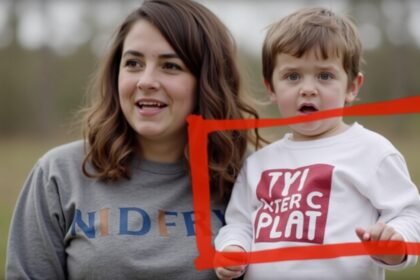Search
Top Stories
Explore the latest updated news!
Stay Connected
Find us on socials
Made by ThemeRuby using the Foxiz theme. Powered by WordPress
Is MrBeast in Jail? Unraveling the Rumors and Facts
The internet is no stranger to rumors, especially when it comes to high-profile personalities like Jimmy Donaldson, better known as…
Explore Top Categories
Uncover the stories that matter
Latest News
Explore the Blog

















